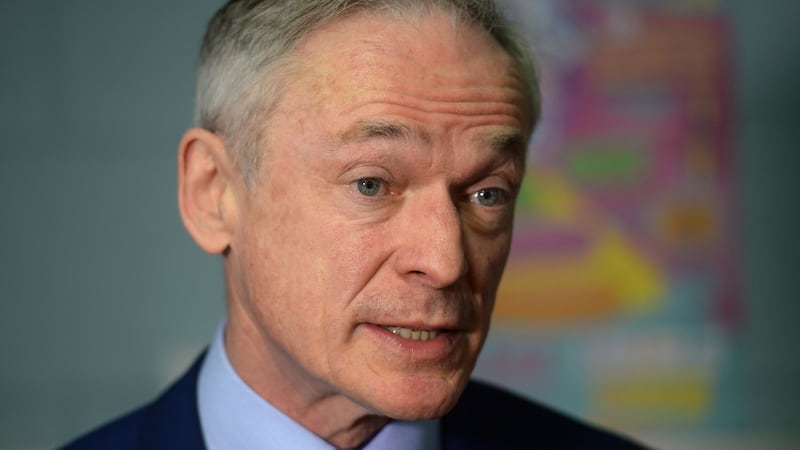The number of applications for entry to a number of postgraduate courses for second-level teaching looks set to drop this year, latest figures indicate.
The data comes as debate mounts over shortages of teachers in key subjects at second level and difficulties filling short-term absences at primary level.
Teachers’ unions argue that the introduction of lower pay scales during the recession has had a negative impact on entry into the profession and is contributing to a “crisis” in teacher supply.

The Department of Education, however, insists there is no overall problem with teacher supply and says numbers graduating from both primary and post-primary teaching courses have remained relatively steady over recent years.
Provisional figures indicate the number of applications to some key second-level teacher-training courses has dropped, which is likely to raise questions about the quality of applicants.
Just over 600 individuals have so far applied to complete a two-year professional master’s of education – which replaced the old one-year higher diploma – in the four constituent universities of the National University of Ireland (NUI).
Deadline
The normal deadline for entrants has expired, though the universities are still accepting late entries until next month.
There has been a steady downward trend in applications to these courses over recent years, with entries down from 2,821 in 2011 to 1,068 in 2017, a drop of more than 60 per cent.
These NUI courses supply the bulk of second-level new entrant teachers. However, they do not include other sources of graduates such as DCU or the online teacher training course Hibernia.
A spokeswoman for the department said it would “not be appropriate or correct” to reach a conclusion on the final intake numbers for 2018 at this point and closing dates for the other programmes have not been reached yet.
Higher education sources say cost of the two-year course – between €10,000 and €15,000 – is a key factor behind the decline in applicant numbers.
The department also points out that the overall number of graduates has remained relatively steady in recent years, with 1,608 graduates from second-level teacher education courses in 2011 compared with an estimated 1,535 last year.
Fianna Fáil is set to table a private members' motion this week calling on the Government to provide a long-term plan to ensure all Irish schools have enough quality teaching professionals.
The party's education spokesman Thomas Byrne said pay inequality between new entrants and others has resulted in a "recruitment and retention crisis for teachers".
The Department of Education, however, said pay increases provided under the new partnership agreement will see the bulk of this gap closed.
“In January 2018, a newly qualified teacher straight out of college will earn €35,958. In October 2020, the starting pay for a teacher straight out of college will be over €37,692,” a spokeswoman for the department said.
She added that more than 5,000 permanent, full-time teachers have been hired in the past two years.
“All of these positions have been filled. There is no overall problem with teacher supply. The official figures support this,” she said.
The spokeswoman said Minister for Education Richard Bruton has committed to resolving "pinch points" in the system where there are shortages of qualified teachers .
Teacher supply is also set to be at the centre of political focus next week when the Oireachtas education committee examines the issue. It has asked teachers' unions and school management bodies to appear before it.
Committee chair, Fianna Fáil TD Fiona O’Loughlin, said: “It is vitally important that we deal with this issue now because it has a huge implications for the quality of our education system. We will make recommendations to the Minister on how to address these issues.”










